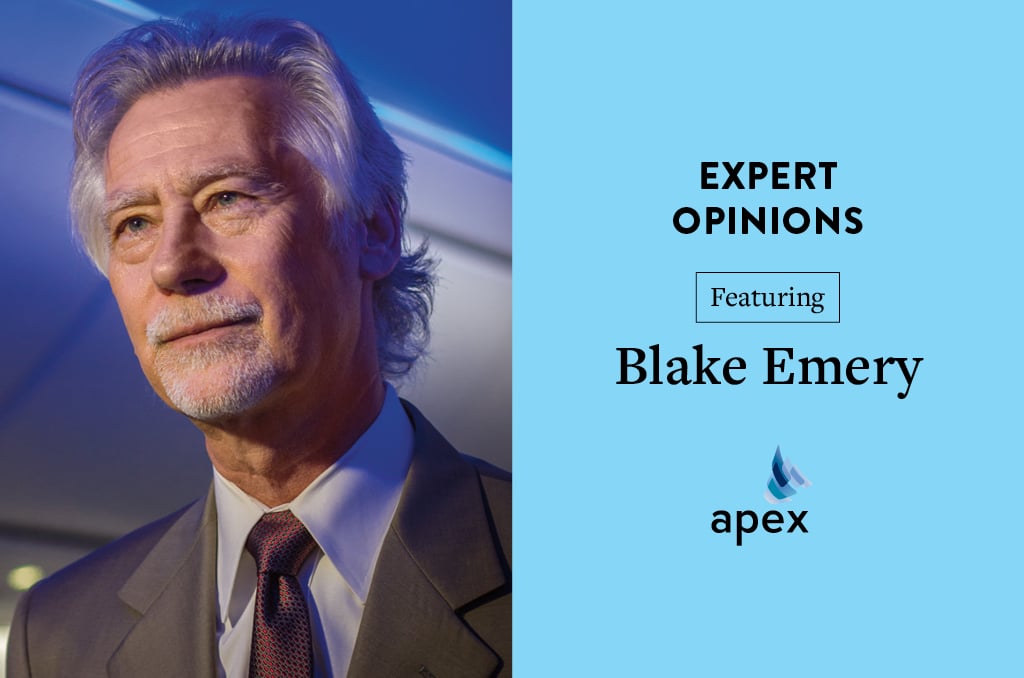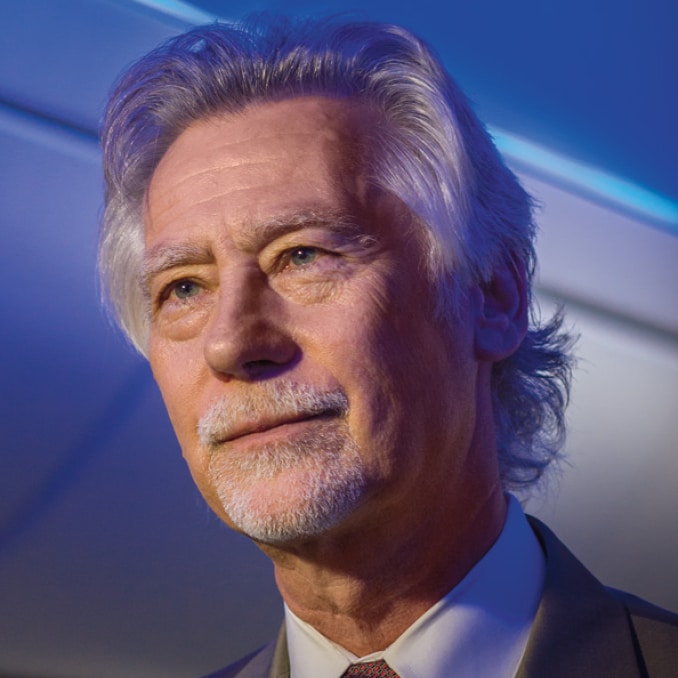Op-Ed: Industry Expert Calls for Unified Pandemic Response Among Airlines
Share

In this instalment of Expert Opinions, APEX Media’s Op-Ed series, Blake Emery, formerly of Boeing Commercial Airplanes, surveys the state of aviation in the wake of the pandemic crisis and wonders, “What’s an industry to do?”
The spread of the novel coronavirus and its associated illness has wreaked havoc on the industry we know and love. As the airline industry struggles to claw its way back to some kind of viability, tens of thousands of people are thinking deeply about what can be done. I humbly offer the thoughts of someone who has spent the last two decades thinking about and researching the passenger experience.
Most airlines have been doing a good job of communicating what they are each doing to clean the cabins and keep passengers and crew safe. This communication needs to continue, but also needs to be done more consistently.
Some airlines block middle seats, while some do not. At one point, some airlines required masks, while some did not. The flying public gets confused – whether they admit it or not – when they see inconsistencies in the way airlines handle things. Such inconsistency causes the industry to lose credibility in the eyes of the flying public.
When airlines communicate their COVID-19 cleaning policies or the way air is being circulated and filtered in their aircraft, they should not be suggesting that their fleet is cleaner than the competition. Such misplaced attempts at differentiation will ultimately do more harm than good.
“Inconsistency causes the industry to lose credibility in the eyes of the flying public.”
To whom should airlines turn to reach agreement on this needed consistency? I believe it is a combination of the airframers in conjunction with the industry associations and the scientists doing research on how the virus spreads. The flying public deserves to know the relative safeness of air travel compared to other venues, such as their local supermarket or a taxi ride to the airport. The industry should follow the science. The consistent response should also be informed by research into what customers construe as meaningful actions in the face of the virus.
Of course, the first line of defense would be to assure no infected person gets in the airport or on the aircraft to begin with. Until point-of-care rapid result testing is widely available, a temperature check will have to do. I’m afraid if the testing method is too invasive, it will just have another chilling effect on air travel recovery.
As a final recommendation, I would like to see airlines provide a face shield to passengers as they walk down the aisle to visit the loo. It seems that this extra layer of protection makes sense, as passengers pass by multiple potential virus spreaders and pass through multiple airflow zones. Even if this action would provide minimal efficacy, it still communicates a level of care and customer service that is an example of what is needed now.
–
 Blake Emery helps clients with consumer research to support product design. He was the long-time director of Differentiation Strategy for Boeing Commercial Airplanes. He is named on multiple design patents and has been featured in documentaries, including The Age of Aerospace, City in the Sky, and The Beauty of Flying.
Blake Emery helps clients with consumer research to support product design. He was the long-time director of Differentiation Strategy for Boeing Commercial Airplanes. He is named on multiple design patents and has been featured in documentaries, including The Age of Aerospace, City in the Sky, and The Beauty of Flying.


